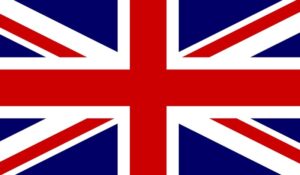The survival of bacteria on and in different wood and plastic was examined by microbiological methods. Wood of different tree species were inoculated with Escherichia coli pIE639 and Enterococcus faecium as hygienically relevant test bacteria…After bacterial infestation only pine wood was germ-free at the surface and in the inner structure after a few hours…
The antibacterial effect of pine wood was not influenced by the storage time of the wood following harvest or the functional condition of the wood…
The wood tested included Scots pine (Pinus silvestris L.), Norway spruce (Picea abies Karst.), European larch (Larix decidua Mill.), Beech (Fagus sylvatica L.) and Black poplar (Populus nigra L.).
Once again the bacterial titer of both strains decreased fastest on the pine wood surface.
The antibacterial effect of pine wood found in previous tests with sawdust could be confirmed (Schönwälder et al., in prep.), because on this wood the bacteria had the lowest survival rate compared with spruce, beech, poplar and plastic.
It must be concluded that the hygienic characteristics of wood cannot be generalized, since different wood types possess different hygienic characteristics. For example, bacteria can survive on spruce, beech and poplar for long periods of time without damage, whereas they are efficiently killed on pine.
In summary, only pine wood was able to regain its initial hygienic status after germ infestation within a fewer hours, so that the wood was germ-free at the surface and within.
For this reason pine wood possesses clear hygienic advantages compared to other woods…


